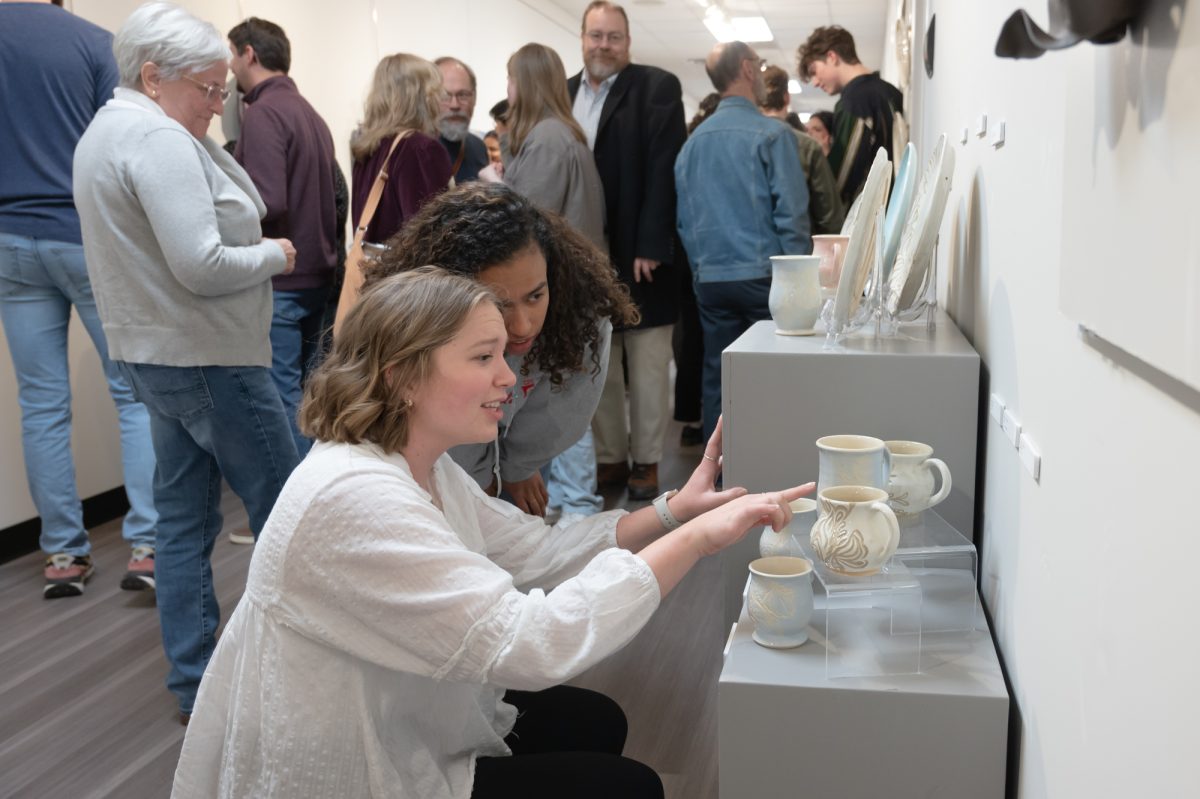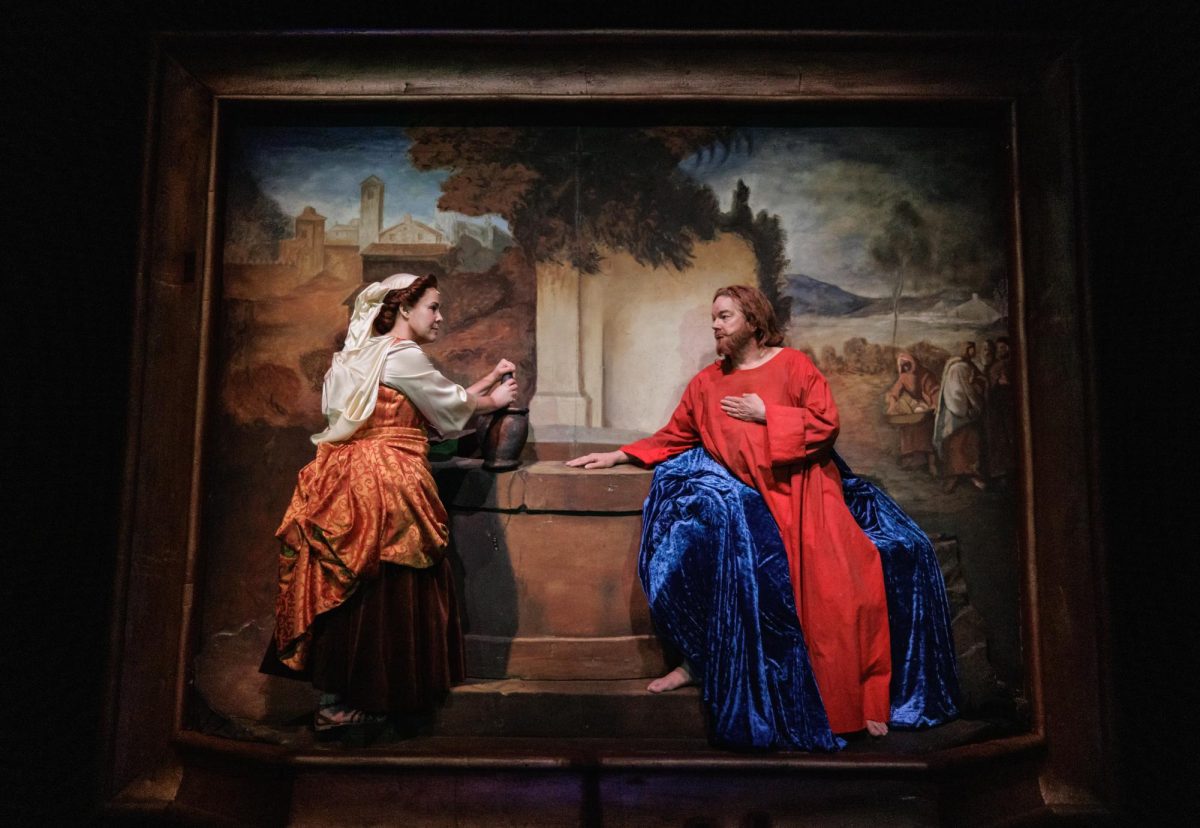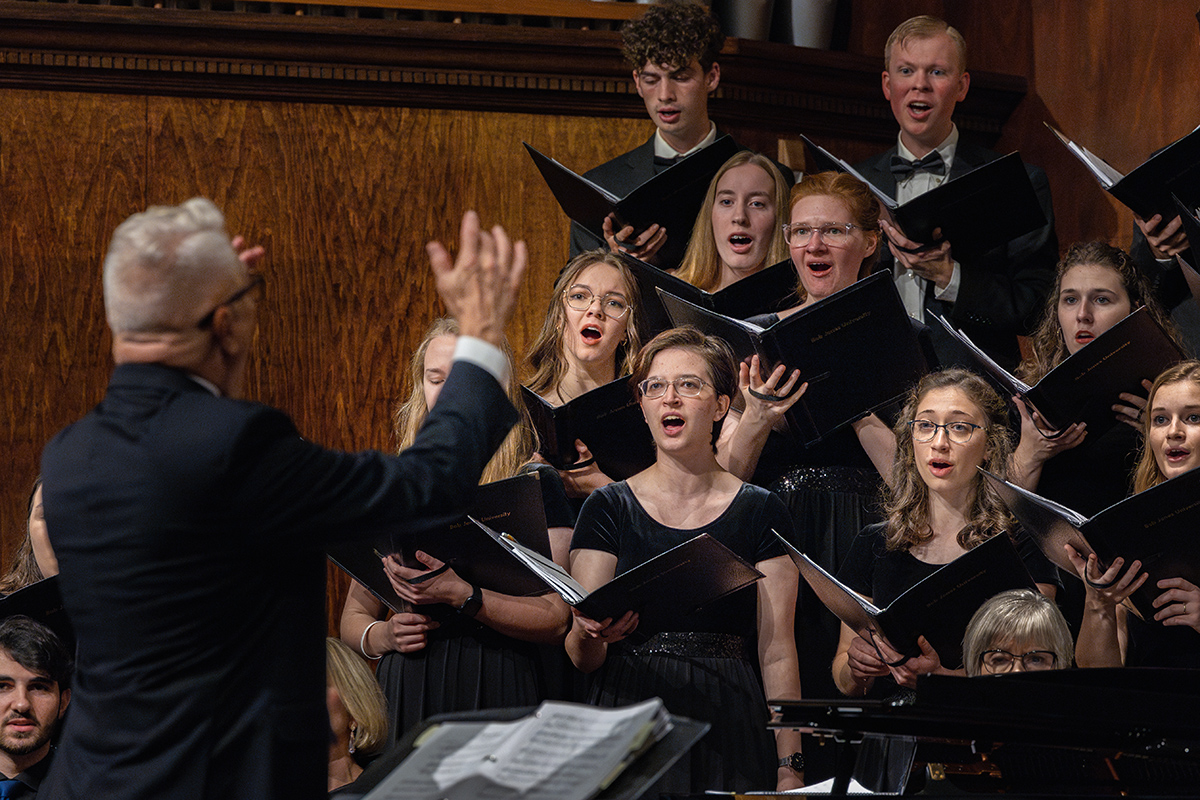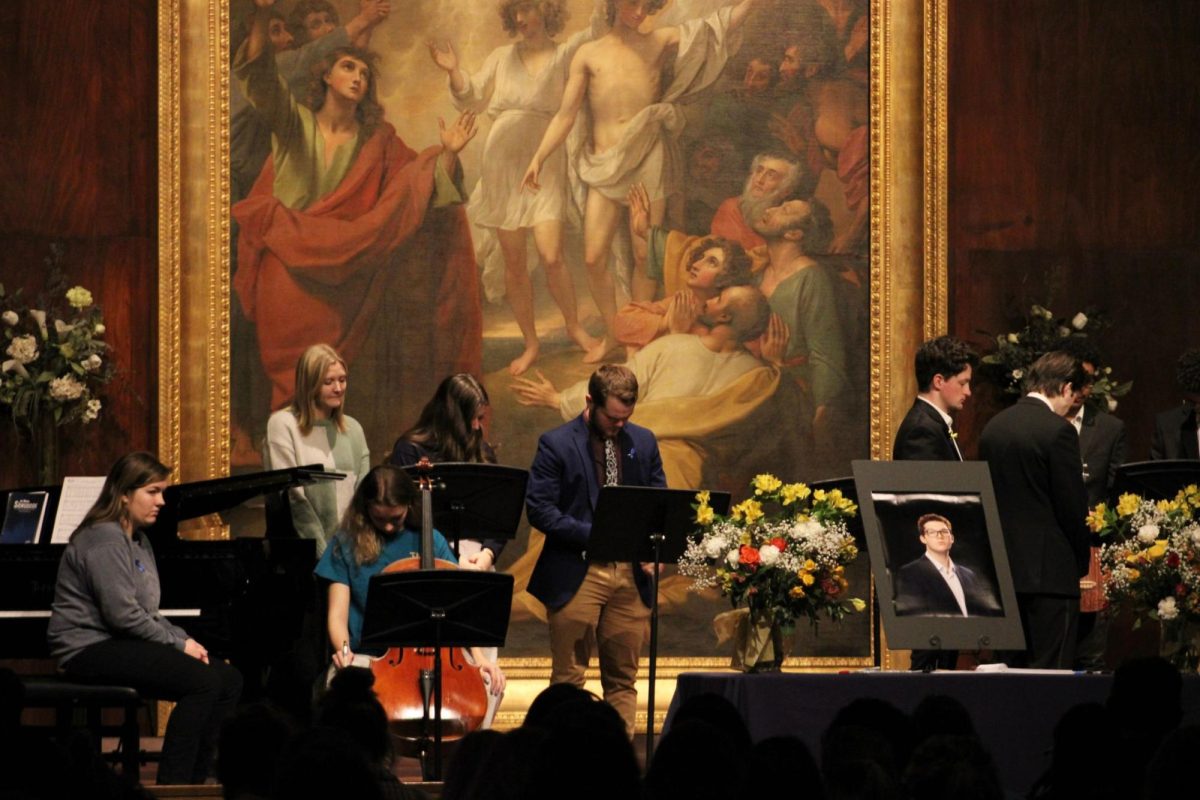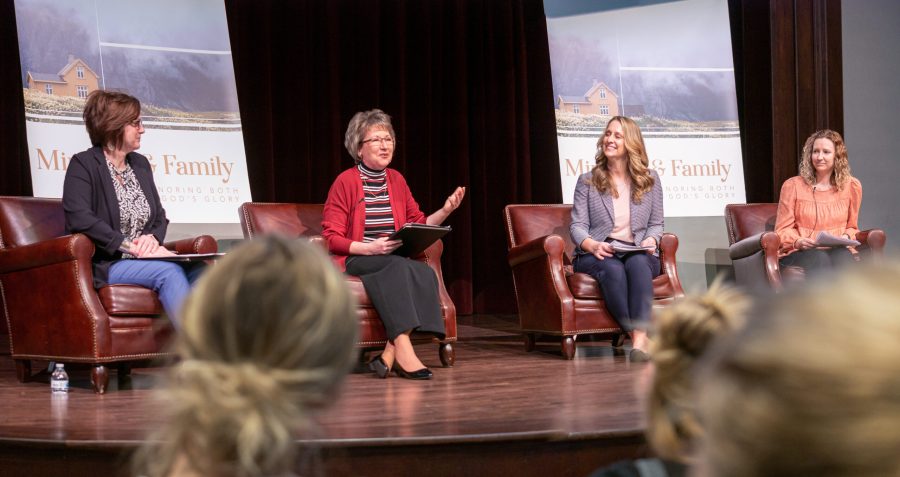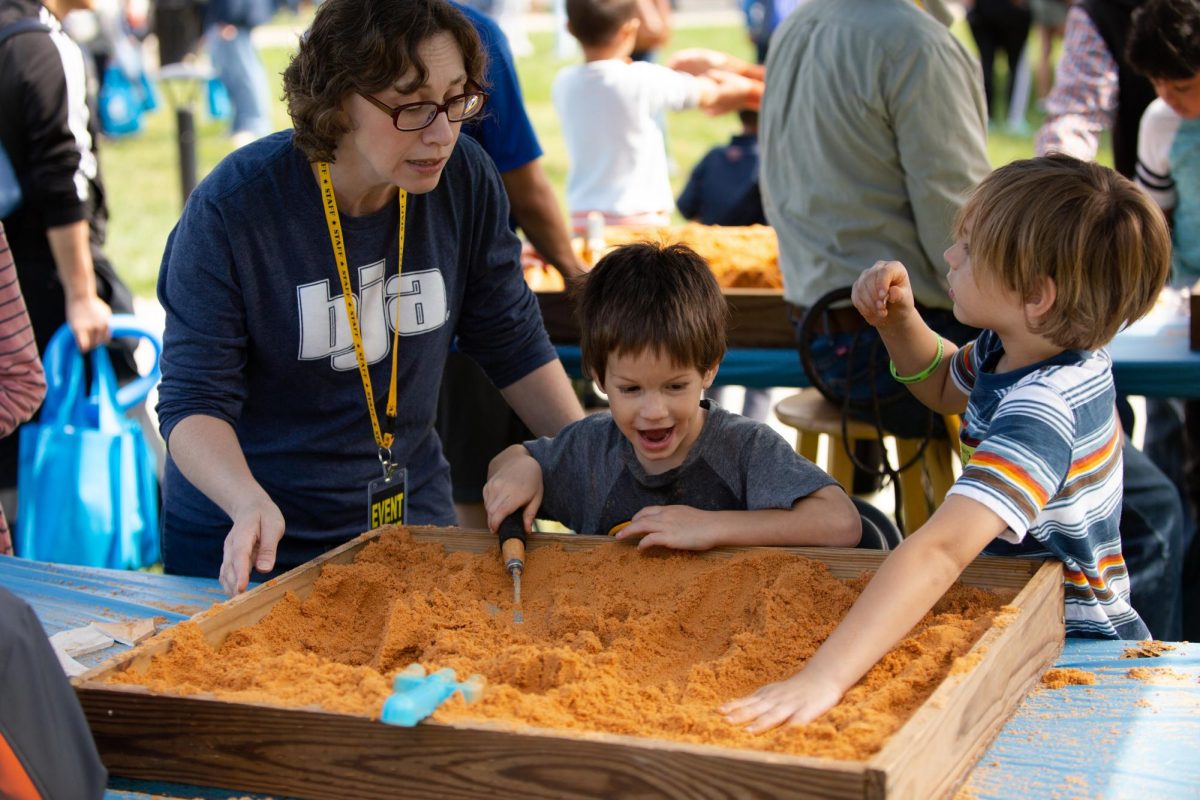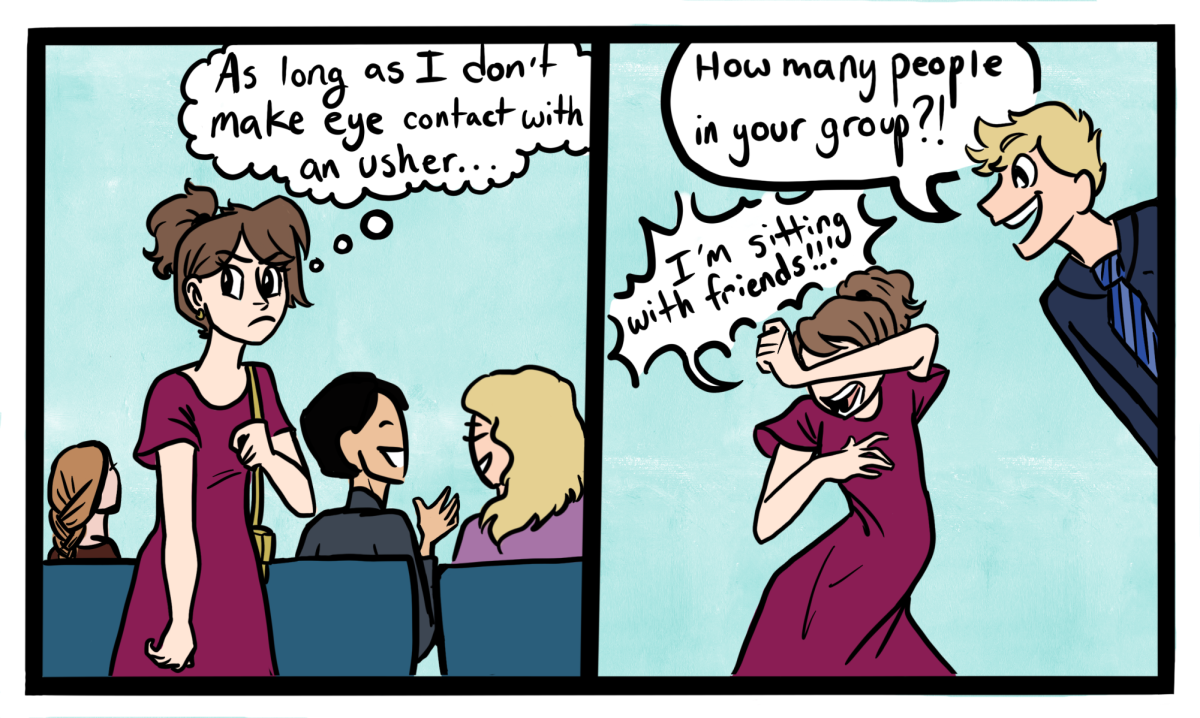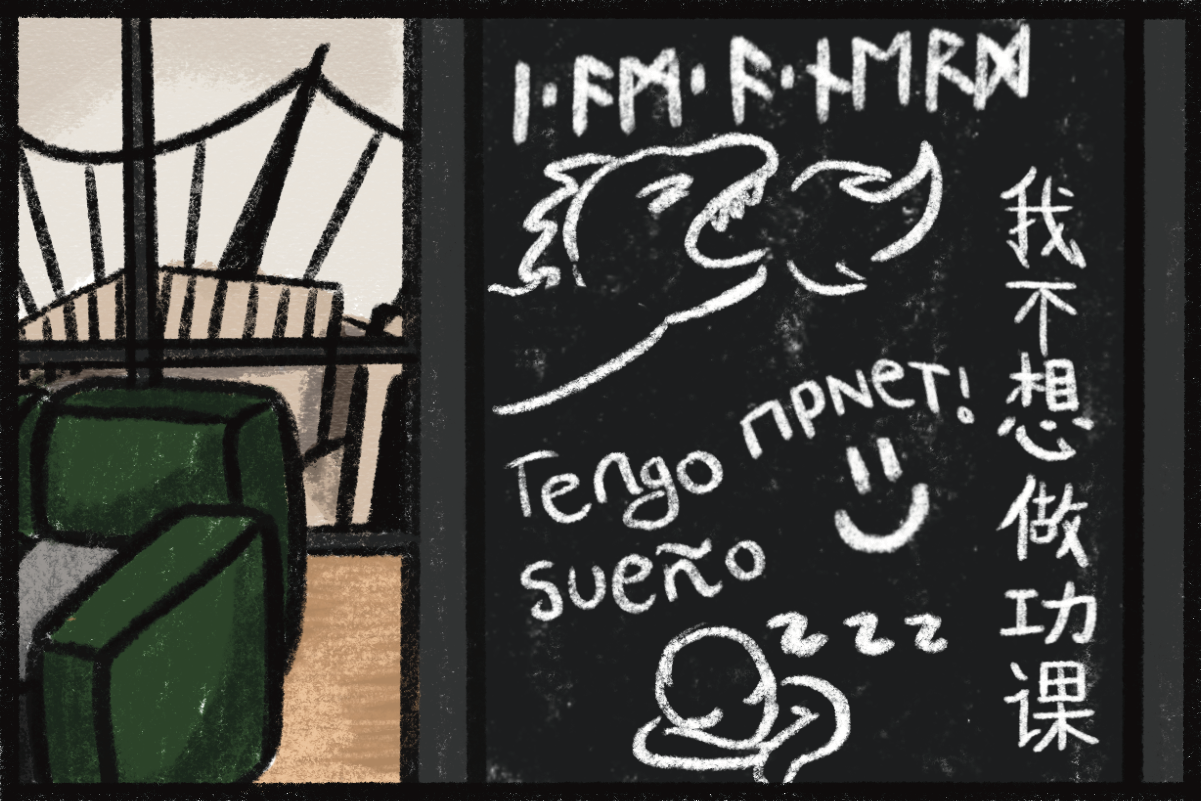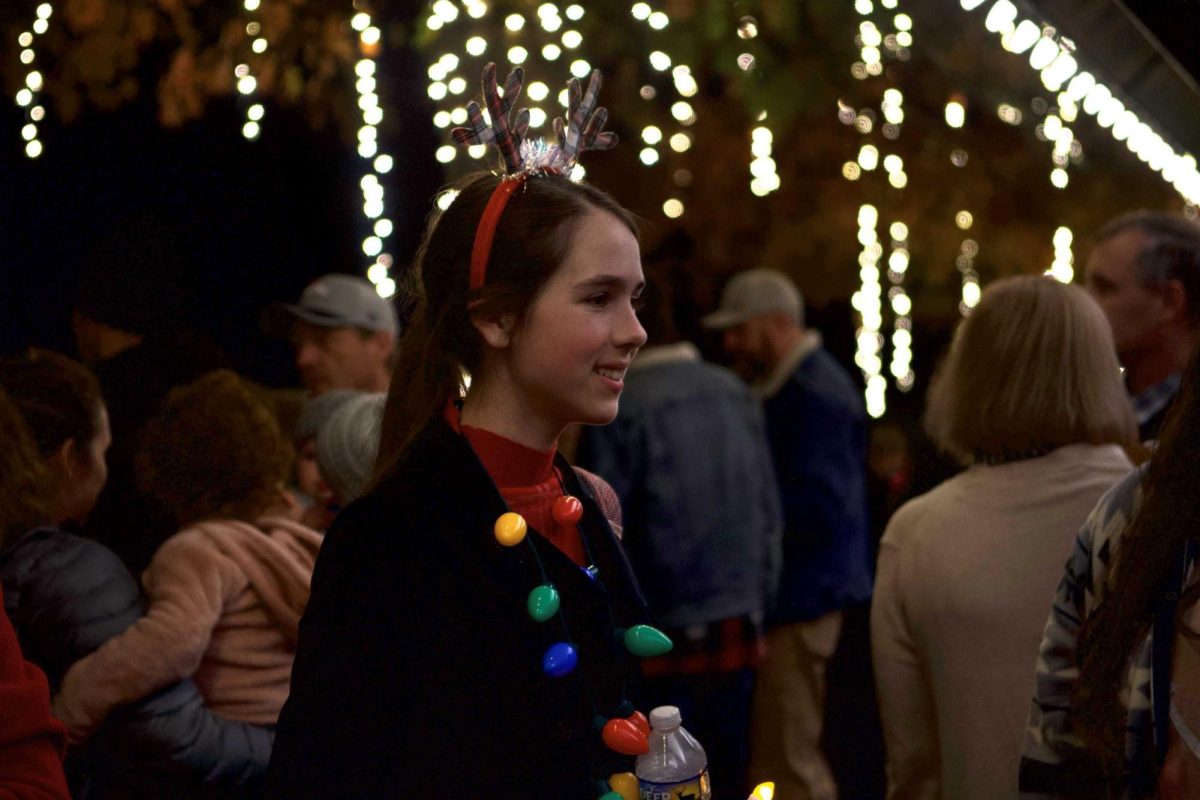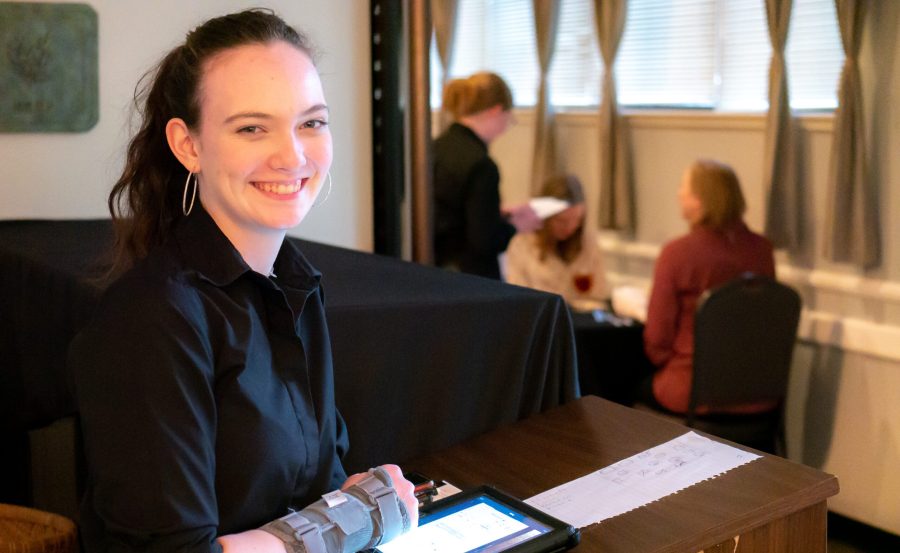“Do you want to leave?” he asked. I looked around with wide eyes and nodded, and as we stepped out of the building I took a deep breath. We were on a missions trip to Haiti and had just left a several-room museum filled with ritualistic Voodoo artifacts. The crudely made trinkets and statues were grotesque, but even worse was the thought of how they were used in real ceremonies.
Modern culture has trivialized the Voodoo religion to the point where TV shows use it in comedy bits and gumball machines dispense voodoo dolls as keychains. Even some Disney movies, primarily created to entertain children, have heavy influences of the religion. Dr. Facilier, the villain in The Princess and the Frog, practices Voodoo to antagonize the main characters.
But Voodoo is anything but worthy of being commercialized. For example, the Voodoo doll’s purpose is to physically manipulate the person it resembles by being spiritually connected to them and is just one piece of a dark religion that practices disturbing ceremonies directly requesting demonic influence.
Oxford Languages defines Voodoo as “a black religious cult . . . combining elements of Roman Catholic ritual with traditional African magical and religious rites and characterized by sorcery and spirit possession.” This definition only begins to explain the perverse, demonic practices of Voodoo. Its history is extensive, with an emphasis on rituals involving physical objects.
But Voodoo isn’t just virtually accepted and commercialized in pop culture. As one might expect, museums carry many authentic objects of the religion. I experienced one in Haiti, where Voodoo is the national religion, but they’re also in the U.S. The New Orleans Historic Voodoo Museum has two rooms full of distorted face masks, bizarre wooden carvings, obscene art and other disturbing and unnatural ritualistic elements. A music museum in Vermillion, South Dakota, dedicates a space to instruments made from human bones and other artifacts that were undoubtedly used in demonic services.
Preserving history in museums is commendable, but a question arises: should all historical elements be preserved regardless of the intent behind their creation? This is a valid consideration for a Christian. What do we keep and study for educational purposes? If the Bible says to be “wise as serpents,” should we not be well-educated on and aware of practices that are contrary to its principles? Can we not use such artifacts as historical warnings against pagan practices? What about historical preservation; if these pieces are part of our human history, don’t they have intrinsic value?
Regarding educational purposes, Phil. 4:8 exhorts Christians to think on whatever is true, honest, just, pure, lovely, of good report, virtuous and praiseworthy. We do not need to study what is evil in order to discern what is righteous; knowledge of evil cannot drive us farther away from evil than meditation on the Lord can pull us closer to Him.
Now for historical preservation. In the Old Testament, God never made an exception to His commandments to destroy idols for the sake of historical preservation. He did not call on the Israelites to become wiser by learning about pagan instruments – on the contrary, He called for the Israelites to look on the instruments’ destruction as a reminder of His jealous and holy wrath.
“You shall burn the carved images of their gods with fire . . . for it is an abomination to the Lord your God,” Deuteronomy 7:25 says.
God exists outside of time as its Creator; if something was an abomination to Him 100 years ago, it is an abomination to Him today. Wickedness does not expire. “For a thousand years in thy sight are but as yesterday when it is past,” Psalm 90:4 says. He was there when it was made; its value does not increase in His eyes because of how long it has lasted. If we endeavor to be wise, we must align ourselves with His perspective to see as He sees.
Isaiah 8:19-20 exhorts believers to reject witchcraft, running instead to the teaching and testimony of the Bible. Ultimately, a Christian should study the Bible for all understanding, not study the very abominations it condemns. The instruments and practices of the Voodoo religion are an offense to God and rejected by Him, as they should be by Christians.

